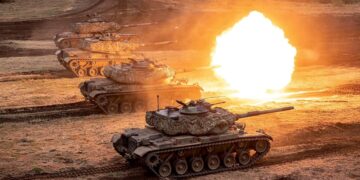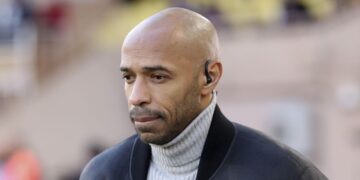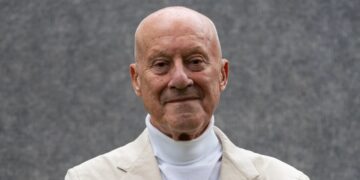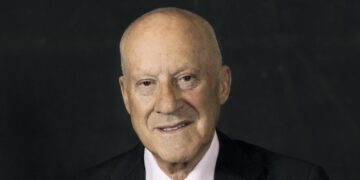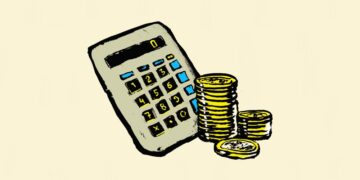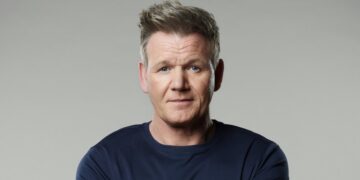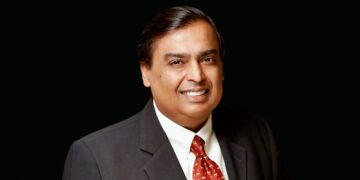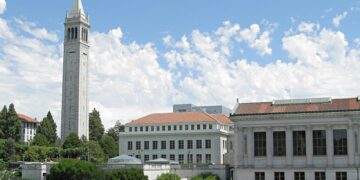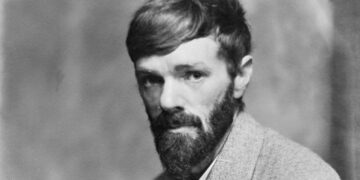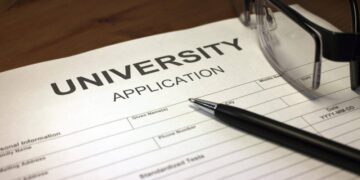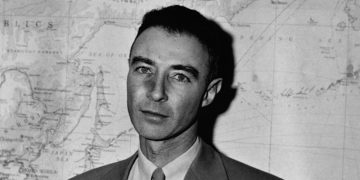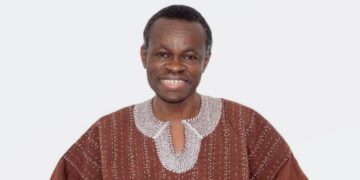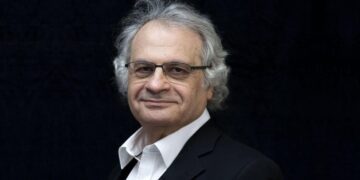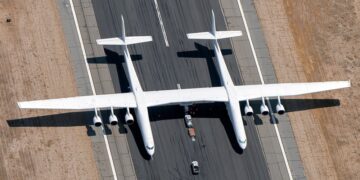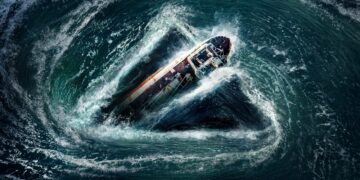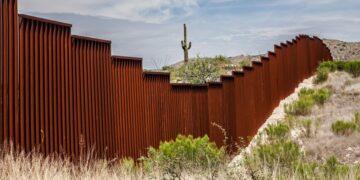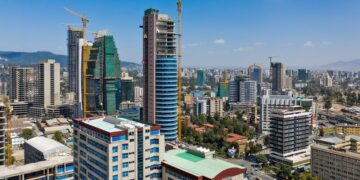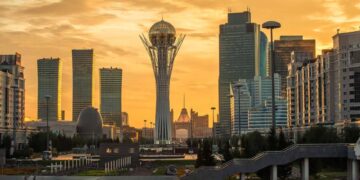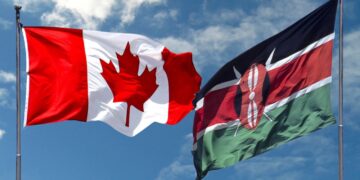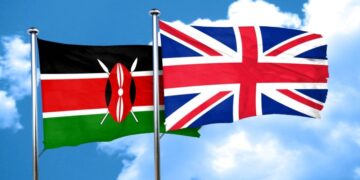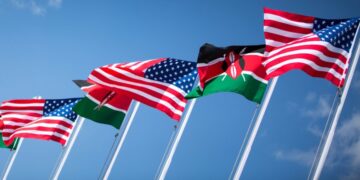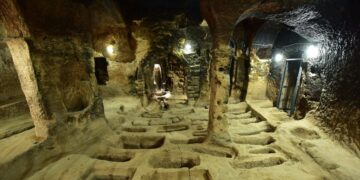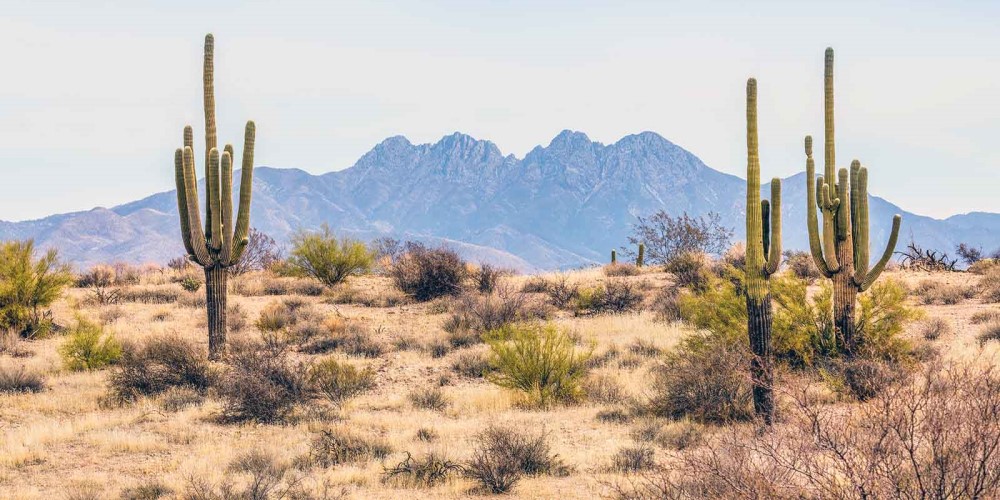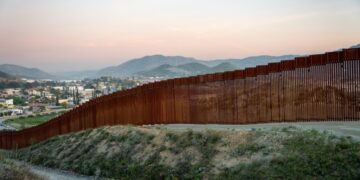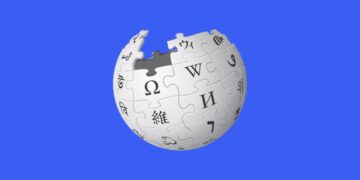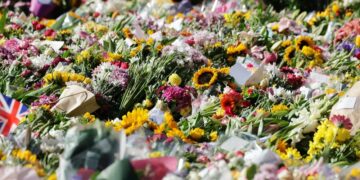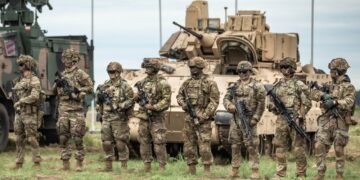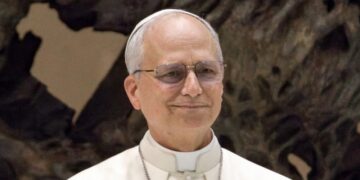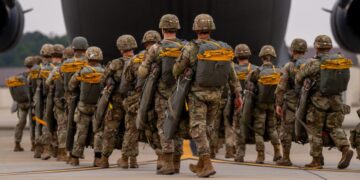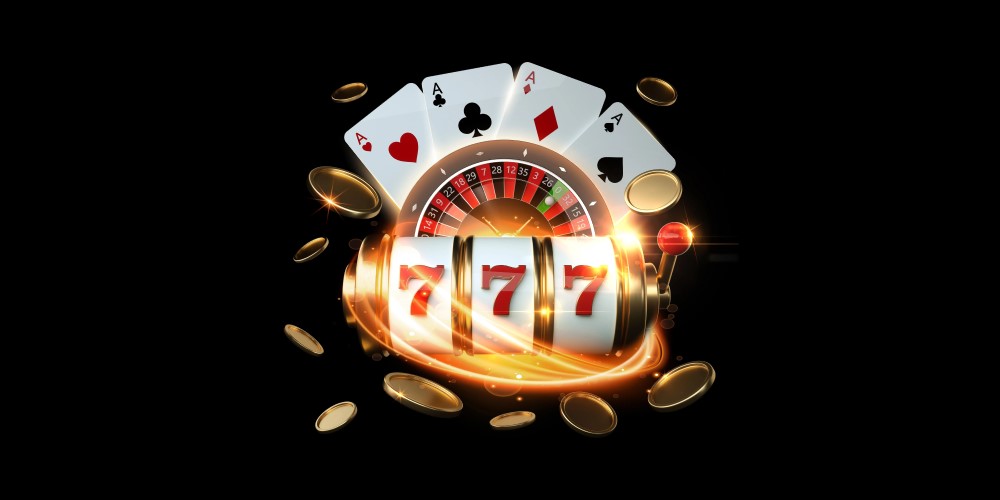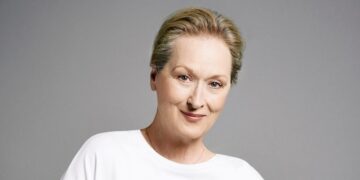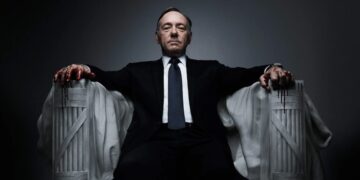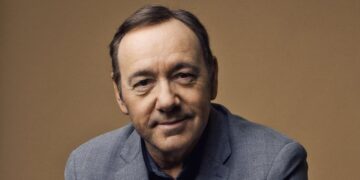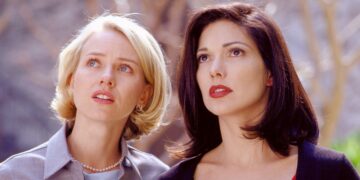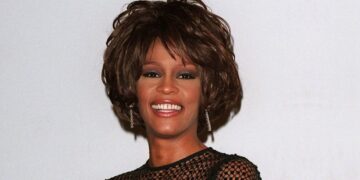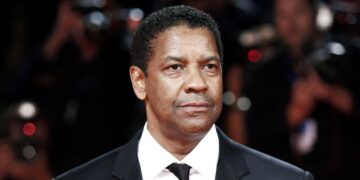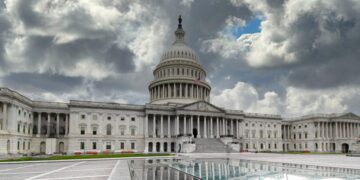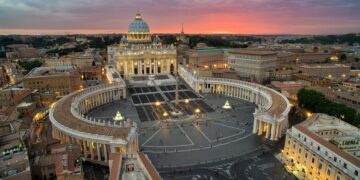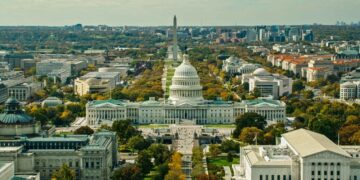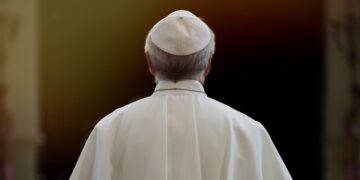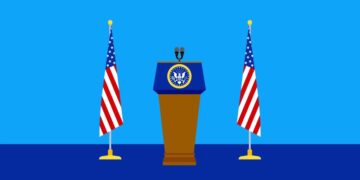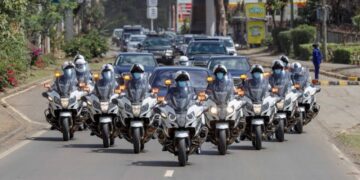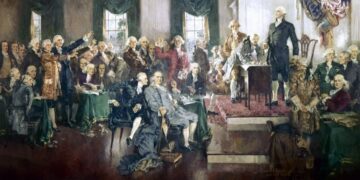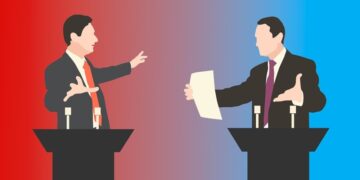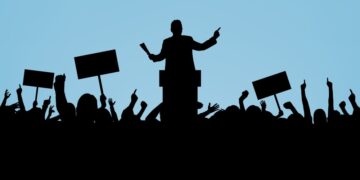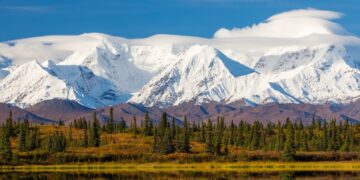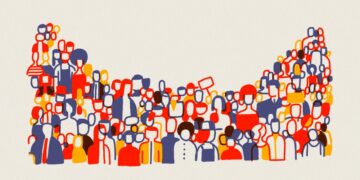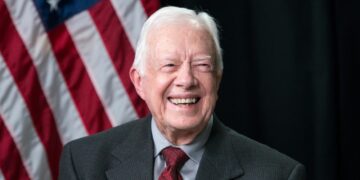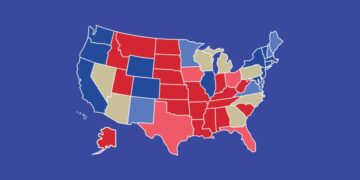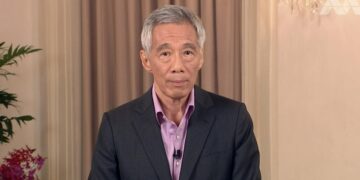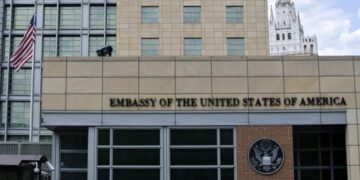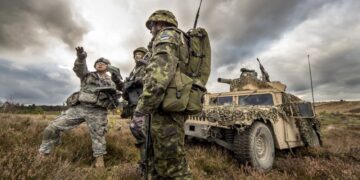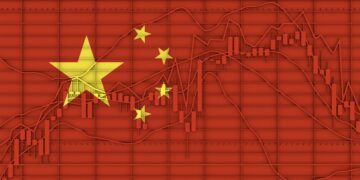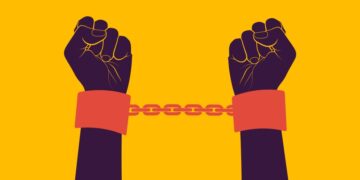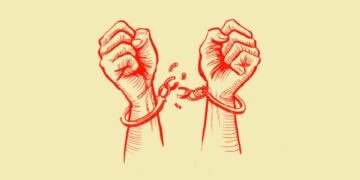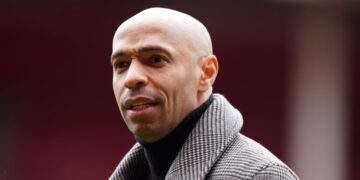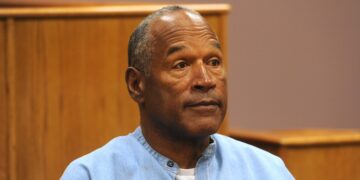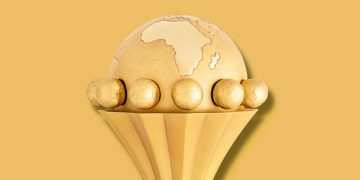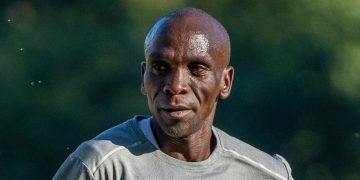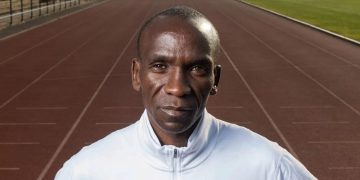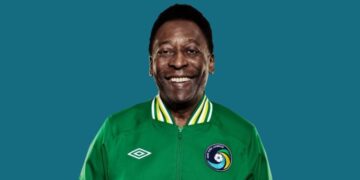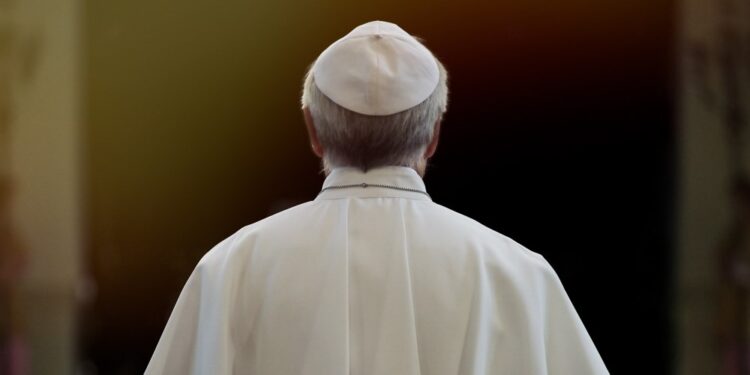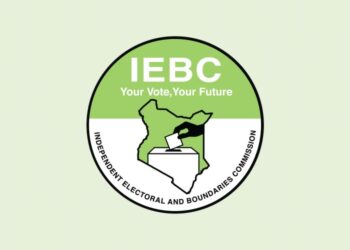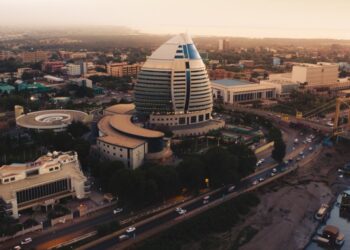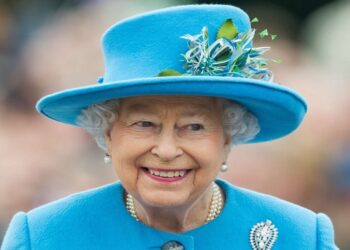Few individuals in the world command as much visibility, reverence, and symbolic authority as the Pope. As the Bishop of Rome, Supreme Pontiff of the Roman Catholic Church, and sovereign of Vatican City, the Pope occupies a position uniquely positioned at the intersection of religion, diplomacy, geopolitics, culture, and global humanitarianism. With over 1.4 billion Catholics across every continent looking to him as the spiritual successor of Saint Peter, his voice carries a weight that transcends national borders, religious affiliations, and even political systems.
1. Spiritual power
The Pope’s most significant form of power is spiritual. As the highest authority in Catholic doctrine, his interpretations of theology guide the beliefs and practices of more than one-sixth of humanity. Through the Magisterium – the Church’s official teaching authority – the Pope can define dogma, clarify moral teachings, and issue encyclicals (formal letters) that shape Catholic thought on faith, ethics, science, and societal issues. Examples include:
- Pope Paul VI’s Humanae Vitae (1968) reaffirming the Church’s stance against artificial contraception, influencing social policy across Catholic nations.
- Pope Francis’ Laudato Si’ (2015), a landmark document urging environmental stewardship, which became a key influence on global climate advocacy movements.
- Ex cathedra pronouncements, though rare, are considered infallible by Catholics – granting the Pope the ability to define doctrine with unquestionable finality.
This spiritual authority also extends to internal Church structure. The Pope appoints bishops, oversees canon law reforms, and can excommunicate clergy or laity. His decisions shape not only local church operations but also religious education, missionary activity, and Catholic charitable work worldwide.
2. Political and diplomatic power
The Vatican is not merely a religious institution; it is a sovereign state recognized under international law. As the head of Vatican City – the smallest independent country in the world – the Pope is a monarch, with full executive, judicial, and legislative authority.
Diplomatic reach
- The Holy See (the governing body of the Catholic Church) maintains formal diplomatic relations with over 180 countries, placing it on par with major world powers.
- It participates as a permanent observer at the United Nations, granting it influence in global policy debates without committing to political blocs.
- Papal emissaries (nuncios) operate globally, often functioning as mediators in conflict zones.
Mediation and soft power
The Pope frequently acts as an international peacemaker:
- Pope John Paul II helped facilitate the end of communist rule in Eastern Europe, particularly in Poland.
- Pope Francis mediated the historic 2014 rapprochement between the United States and Cuba.
- Vatican diplomacy engages in quiet negotiations in Africa, Latin America, and the Middle East – often bridging divides other states cannot.
Unlike conventional political leaders, the Pope wields moral authority rather than coercive power. His persuasion is rooted in legitimacy and trust rather than military or economic leverage. This allows him to speak boldly on contentious issues – such as war, poverty, refugees, and human rights – without appearing self-interested.
3. Economic and institutional power
While the Vatican itself is small, the global Catholic Church is an economic giant.
Wealth and assets
- The Church collectively owns thousands of properties worldwide, including cathedrals, schools, universities, hospitals, monasteries, and charities.
- Catholic organizations operate over 200,000 schools, 5,000 hospitals, and tens of thousands of social service institutions.
- The Vatican Bank (IOR), while modest compared to national banks, manages assets worth billions and finances global missionary and charitable work.
Charitable influence
Catholic humanitarian networks like Caritas Internationalis and Catholic Relief Services deploy billions annually in aid, disaster relief, and poverty alleviation – often serving areas where governments fail. Thus, the Pope indirectly oversees one of the world’s largest non-governmental humanitarian infrastructures. His statements can redirect resources, reframe priorities, or galvanize millions toward social causes.
4. Cultural and symbolic power
Even beyond religious boundaries, the Pope is universally recognized as a symbol of peace, compassion, and moral clarity. Papal visits draw millions, and his words often shape media narratives worldwide.
- Pope John Paul II attracted over 5 million people in Manila in 1995 – one of the largest crowds in human history.
- Pope Francis’ speeches often trended globally on social media, resonating with both religious and secular audiences.
- Films, literature, and academic scholarship routinely explore papal influence, reflecting his standing in global consciousness.
Moreover, the Pope influences interfaith relations, regularly engaging with leaders of Islam, Judaism, Buddhism, and other traditions. His approach to inclusivity positions him as a bridge-builder between civilizations.
Limitations on Papal power
Despite his immense influence, the Pope’s authority is not absolute.
Within the church
- Catholics are diverse – ranging from liberal European parishes to conservative African dioceses. Papal teachings are sometimes interpreted differently depending on local culture.
- Many hot-button issues – such as women’s ordination, LGBTQ+ inclusion, or celibacy rules – face strong internal opposition, limiting how far the Pope can reform.
In global politics
- Unlike state leaders, the Pope cannot enact laws outside the Vatican, nor deploy military or economic sanctions.
- His power relies on moral influence, which varies depending on audience receptiveness.
Therefore, his effectiveness often depends on persuasion rather than enforcement, making him powerful in advocacy but limited in execution.
Case studies of Papal impact
To illustrate the pope’s concrete influence, consider the following historical moments:
| Pope | Major act | Global impact |
| Pope Urban II (1095) | Called the First Crusade. | Mobilized European armies on religious grounds. |
| Pope Leo XIII (1891) | Issued Rerum Novarum on labor rights. | Influenced formation of Christian Democratic parties and labor law reforms. |
| Pope John XXIII (1962) | Convened Second Vatican Council. | Transformed Catholic liturgy and modernized Church relations. |
| Pope John Paul II (1978-2005) | Supported Solidarity Movement in Poland. | Contributed to fall of communism in Europe. |
| Pope Francis (2013-2025) | Advocated for climate justice and migrant rights. | Shaped UN and EU policy debates. |
Conclusion
The Pope is arguably the most powerful moral authority in the modern world – and his influence, though subtle, continues to steer the course of history. The power of the Pope cannot be measured in conventional political terms. He does not command armies, levy taxes, or enforce legislation beyond the walls of Vatican City. Yet, in soft power, moral influence, and global reach, few individuals rival him. He is at once:
- A spiritual leader guiding over a billion believers.
- A sovereign head of state with formal diplomatic recognition.
- A cultural icon influencing global ethics and public opinion.
- A humanitarian authority steering vast charitable resources.
- A mediator capable of reshaping international relations.
Thus, while the Pope’s power is not coercive, it is profoundly transformative. His influence operates not through force but through conscience, not through domination but through inspiration. In an era where political leaders rise and fall with elections, the Pope remains one of the few figures whose leadership transcends time, geography, and ideology.


